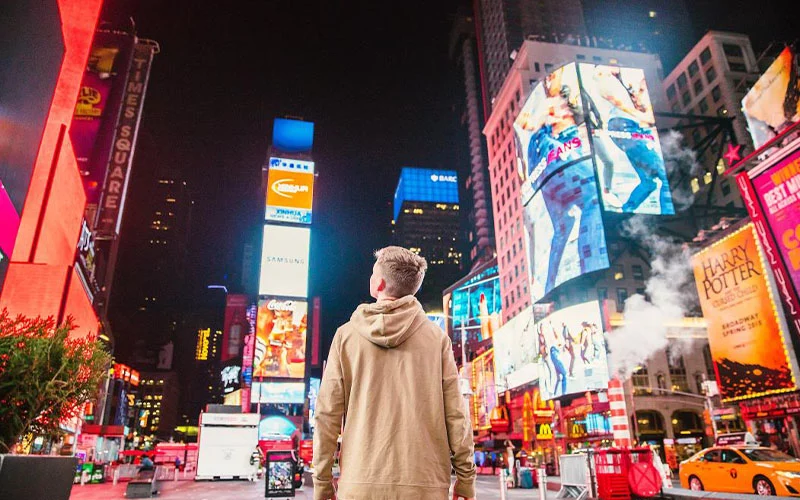The colors that prominent firms choose in their logos are usually taken for granted when you consider them. It just makes sense that the YouTube play button colors red and white and that the McDonald's arches are cheerful yellow. That's because colors affect our perception and cause us to experience specific emotions, even if we're not always aware of them on a conscious level. Color psychology has an essential function in branding.
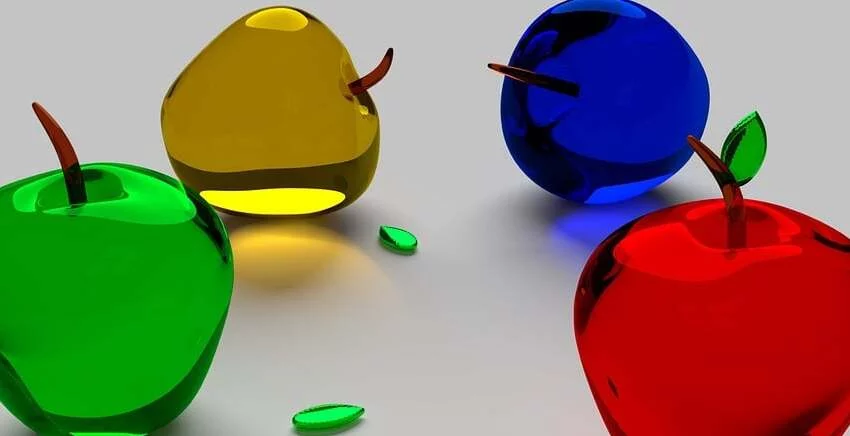
The appropriate logo colors can draw attention to your company’s capabilities and aid in bringing in the right clients. As you can anticipate, the incorrect combo can have the opposite impact. Color psychology, which asserts that colors affect our emotions and actions, is well known to everyone. But do these “criteria” on logo color apply to branding and business?
Researchers looked into the matter and discovered that while some colors have a discernible effect on consumers, others don’t. So certainly, yellow can contribute to your brand’s youthful and approachable appearance. On the other side, a green logo doesn’t automatically imply that your company stands for tranquility. We’ve created this comprehensive breakdown of what your logo colors potential customers using our research-based methodology.
Which logo colors represent what?
Red logos
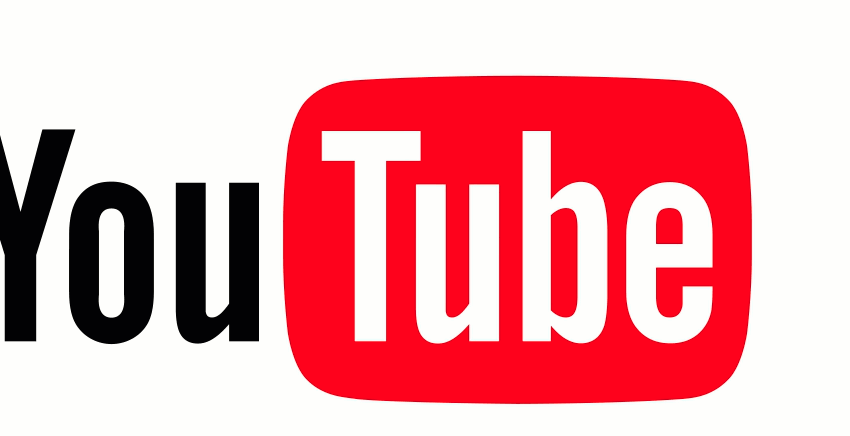
Red is a global symbol of elation, passion, and rage. You become more noticeable and stick out among the crowd as a result. Is your brand brash, fun, young, or contemporary? Imagine red. more traditional, serious, or mature? You might not like red.
According to scientific theory, humans evolved the capacity to see red more clearly than other colors because it made it easier for us to distinguish fruits that were growing on trees. It also took on a significant evolutionary meaning: human faces turn red when they’re feeling passionate or angry. As a result, we now relate that color to strong emotions like love, rage, and passion. Red is a potent choice for a logo color, whether it is utilized alone or as a contrasting accent color.
Orange logos
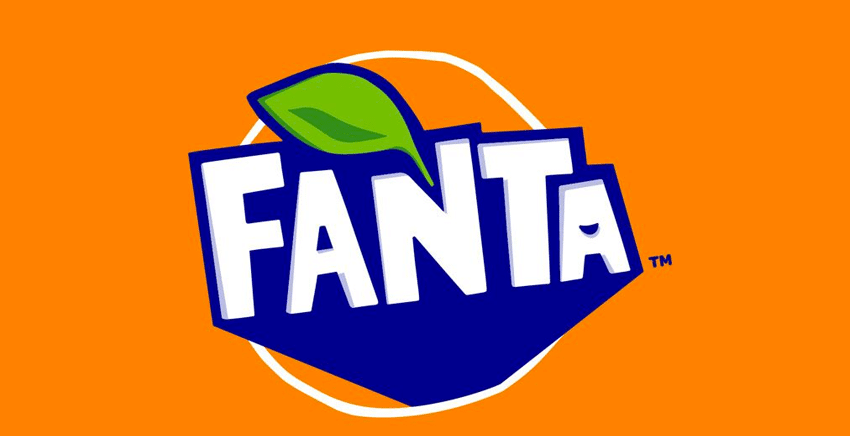
Orange is a vivacious, fun color. To differentiate yourself from others, wear orange. Though less frequently utilized than red, it nonetheless has a powerful energy. If your brand wants to project an air of luxury or seriousness, use orange with caution because people do not typically associate those qualities with those colors.
Orange is a blend of the primary colors yellow and red and possesses characteristics of both. Orange is typically utilized by brands who tend to think about their products as just a little bit different because it is associated with transition (think autumn foliage or orange sky at sunrise/sunset).
Yellow logos

Yellow logos convey openness and sunny friendliness. Orange is a cheerful color, and your business will emit an approachable, young vitality. On the other hand, the majority of consumers do not equate yellow with sophistication or luxury companies, so if that is how you would like your company to be perceived, reconsider.
The initial paint color that people were able to combine was yellow, which is a primary color in subtractive colour systems. It is one of those hues that is highly diversified and has numerous cultural associations, such as gold, wheat and corn fields, sunlight, etc. A gentle, brilliant yellow is fresh and vibrant, whilst a deep gold contains more weight and heritage.
Green logos

The color green is the most versatile and, according to studies, has strong cultural links despite not being associated with several brand personality attributes. Since green typically reflects the natural environment, eco-friendly, vegan, and environmental wellness firms frequently include it in their logos. Yet practically any kind of business can benefit from being green!
Since that plants are green, many people believe that green represents growth or fresh life, as well as greed and poison. But historically and in numerous cultures, green was considered the color of death. (In fact, an arsenic-containing green dye that was widely used in the 18th century killed numerous individuals. There have been claims that the green-dyed wallpaper on Napoleon Bonaparte’s walls may have contributed to his death.
Dollars are green, thus in the US we link green with money, but keep in mind that this association won’t hold in other countries. What does this all imply? Almost any brand can benefit from using green. Create meaning with your font selection, logo shape, color, and shading.
Blue logos
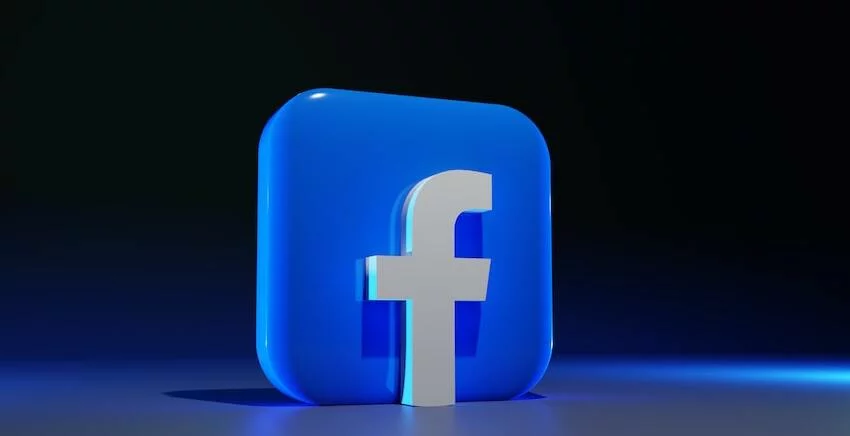
Blue is a representation of maturity and reliability. If you want your brand to be considered seriously, you should use it. Yet bear in mind that blue, the traditional king of colors, may be seen in more than 50% of all logos. Also, if you utilize blue for the brand, you’ll need to find a technique to prevent blending into the background since blue can also conjure feelings of tranquillity (just think of the tranquility of still waters).
Having said that, if you want to project timeless confidence or ensure brand trust, use blue for your brand. If you work in food service, be on the lookout for blue. But be sure to pick a lighter shade of blue that leans more towards the teal side of the color wheel if you adore blue and are looking for more fun.
Purple logos
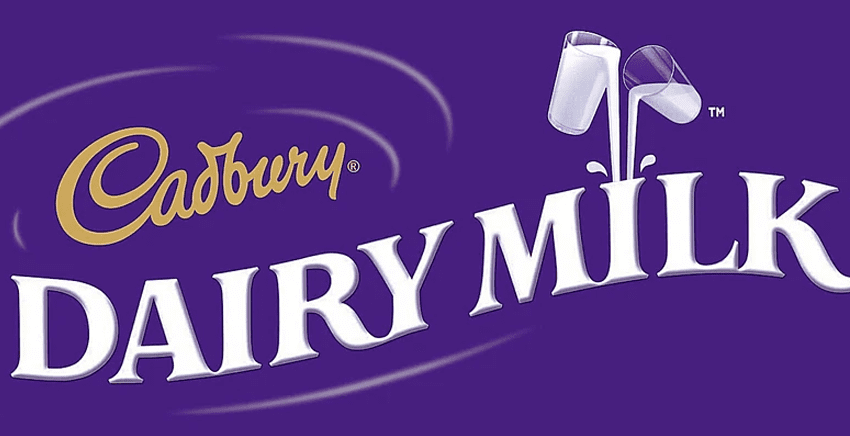
The most opulent color in the rainbow is purple. To appear both intelligent and cutting-edge, wear purple. Because purple dye was once exceedingly expensive and was only used by the very wealthy, the color is most likely associated with luxury. Nonetheless, despite being linked to riches and luxury, purple isn’t thought of as a color that should be taken too seriously. Have a fun but pricey project? The ideal color is purple. Sell sartorial business wear? With a purple brand, you’ll be facing an uphill battle.
Pink logos
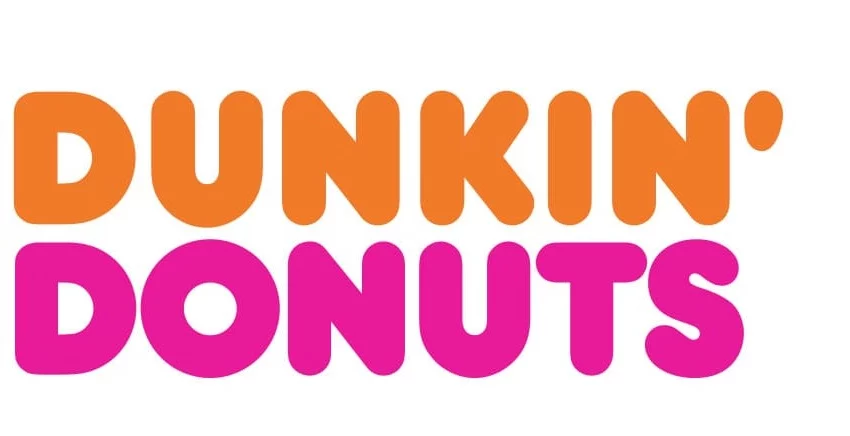
Pink is among the most adaptable hues in contemporary Western culture. Pink may give a brand a contemporary, youthful, and opulent appearance in colors ranging from gentle millennial pink to vibrant magenta. Pink is a peculiar hue. In subtractive colour systems, each of the six colors mentioned above is either a primary colour or a secondary colour. Pink is essentially light red in theory. Nevertheless, neither light blue nor light yellow have a word in English that is analogous. Moreover, it is a fairly recent color term; it was only introduced to the English language in the 17th century when it was used to denote richness. Pink is therefore still quite trendy and youthful in the lengthy history of color.
Brown logos

Brown is the definition of an earth tone since it is the color of soil as well as tree bark. It tends to come across as tough and serious due to this and because of the reality that it is less vivid than other hues. Brown also happens to be the least common color for logos, so if you use it you’ll make your brand stand out.
In addition to being a dark, rich color, brown is also created by combining all other colors. For businesses that are focused on the outdoors or those offering naturally brown goods like chocolate, it can be wonderful to give a logo a subdued, earthy feel. It also symbolizes fading, therefore kinds of logos desiring an antique, handmade feel frequently use it.
Black logos
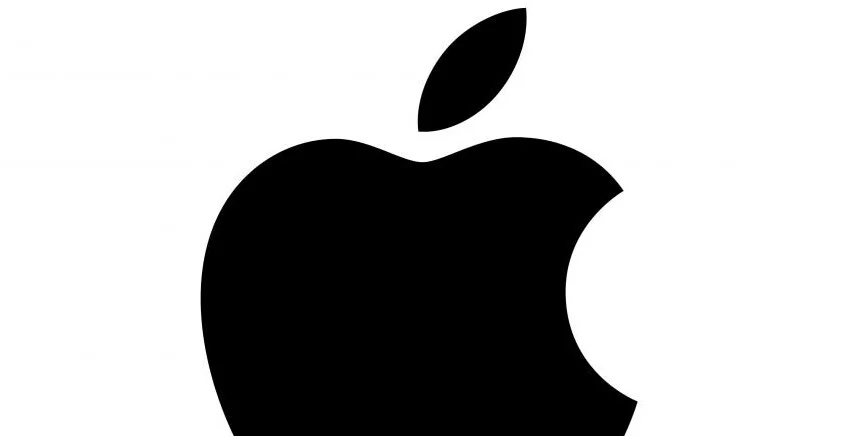
The new black is black. Want to appear sleek, contemporary, and opulent? It’s time to go dark. Would you rather appear sensible and affordable? The dark side should be avoided. In contrast to orange and purple, black is not a color. Since they are a certain wavelength of light that we can distinguish and identify, humans can perceive those colors. Contrarily, darkness is the absence of light. Over something as old as light itself, black nevertheless feels new. All-black logos have an air of mystery and exclusivity thanks to their stark minimalism, which luxury firms may exploit.
Gray logos
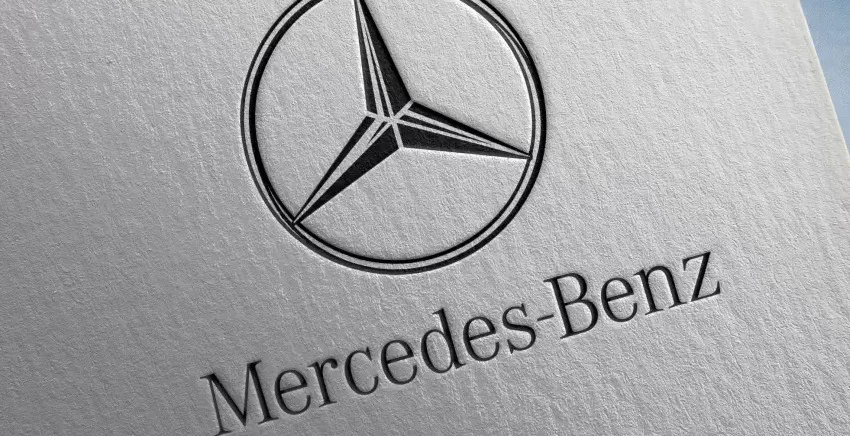
Not nearly light and not quite black. Gray is the in-between of serious, traditional, and mature. To add mystery, go darker. Lighten up to be more approachable. Gray has a similar stark simplicity to black. But because it’s softer, grey logos take on a more somber, serious feeling, giving them a vintage sense.
White logos

The absence of color is white. It tends to appear pure and weightless on its own, like the very nature of light. It is helpful for businesses that wish to project an image of being meticulous, thorough, and flawless in their execution. It could also be idealistic, standing for a kind of purity that is out of reach.
Even if the majority of logos get a white version, he will inevitably be coupled with it and take center stage. White is a fresh and affordable hue whether used as an accent or combined with another color to make it lighter. But it can be applied to virtually any brand.
Which shade will your logo have?
It takes more than just green and desiring dark forest logo to decide on the color of your logo. Think about how you’d like your brand to be seen and what colors can assist you to communicate it to your audience. It’s important to think about what your rivals are doing as well. Does having an exciting, entertaining business in a more conventional industry help you? Sometimes going against the grain of what everyone else is doing is much better.





